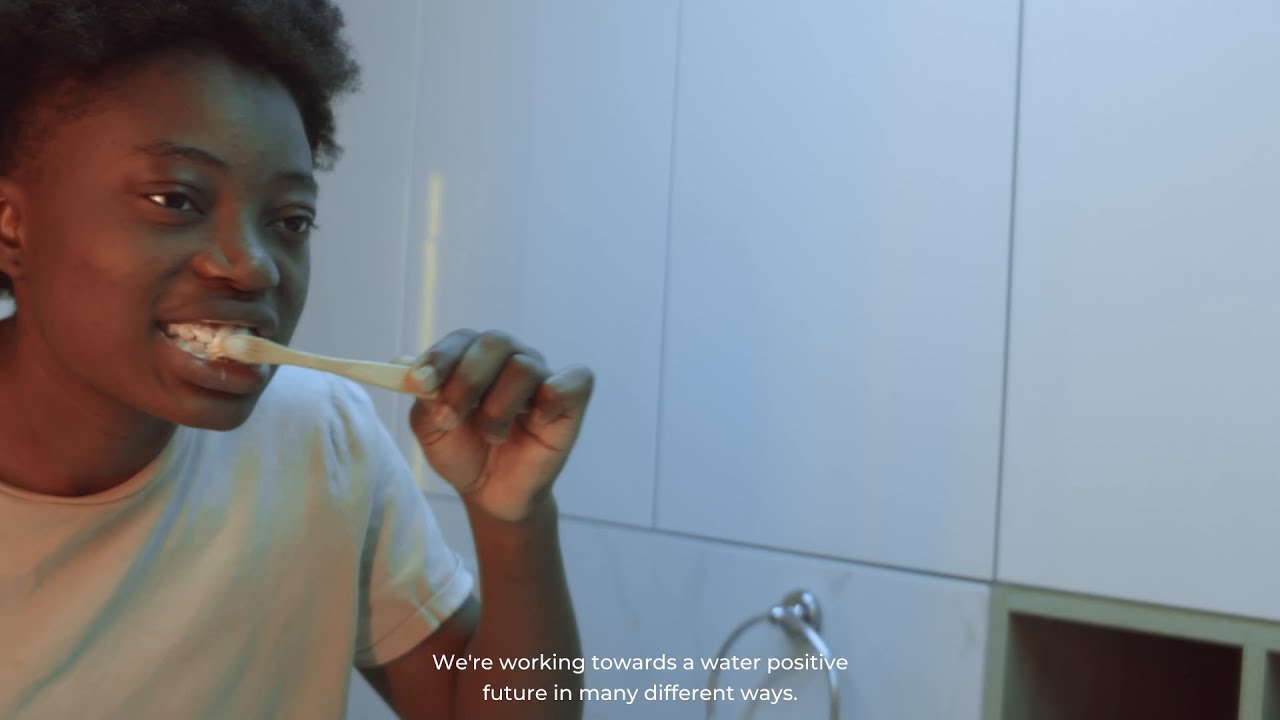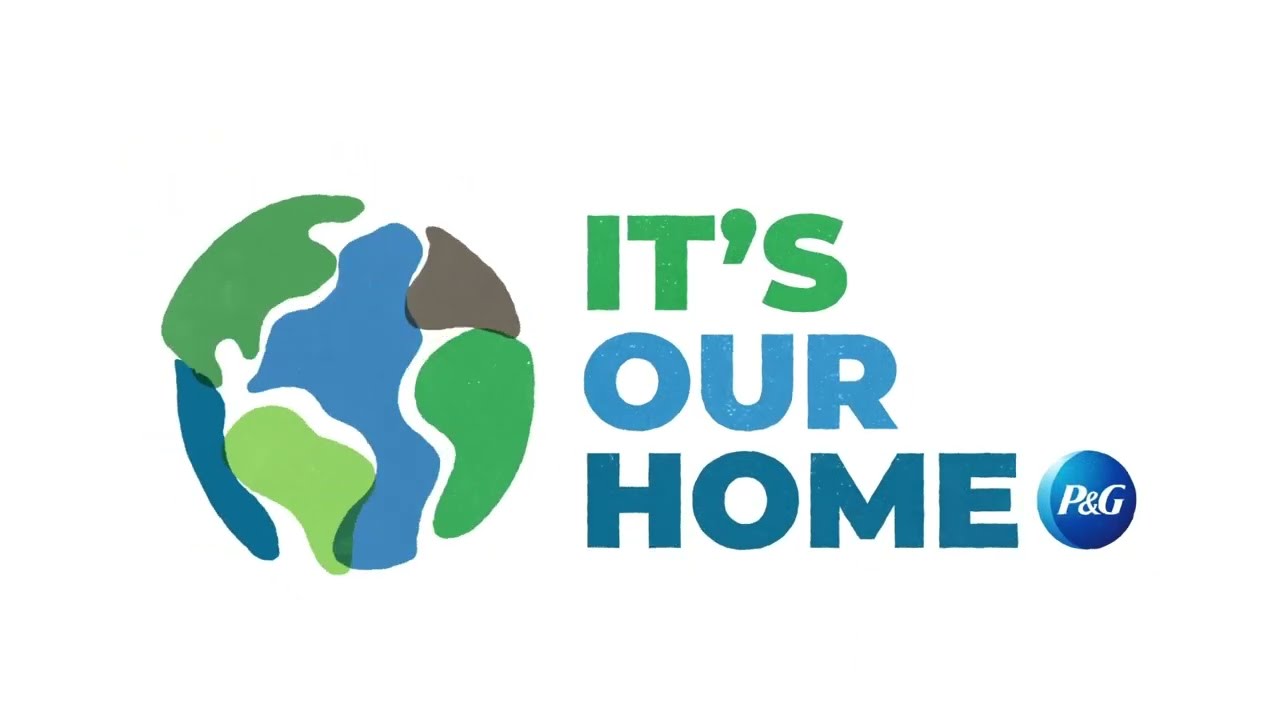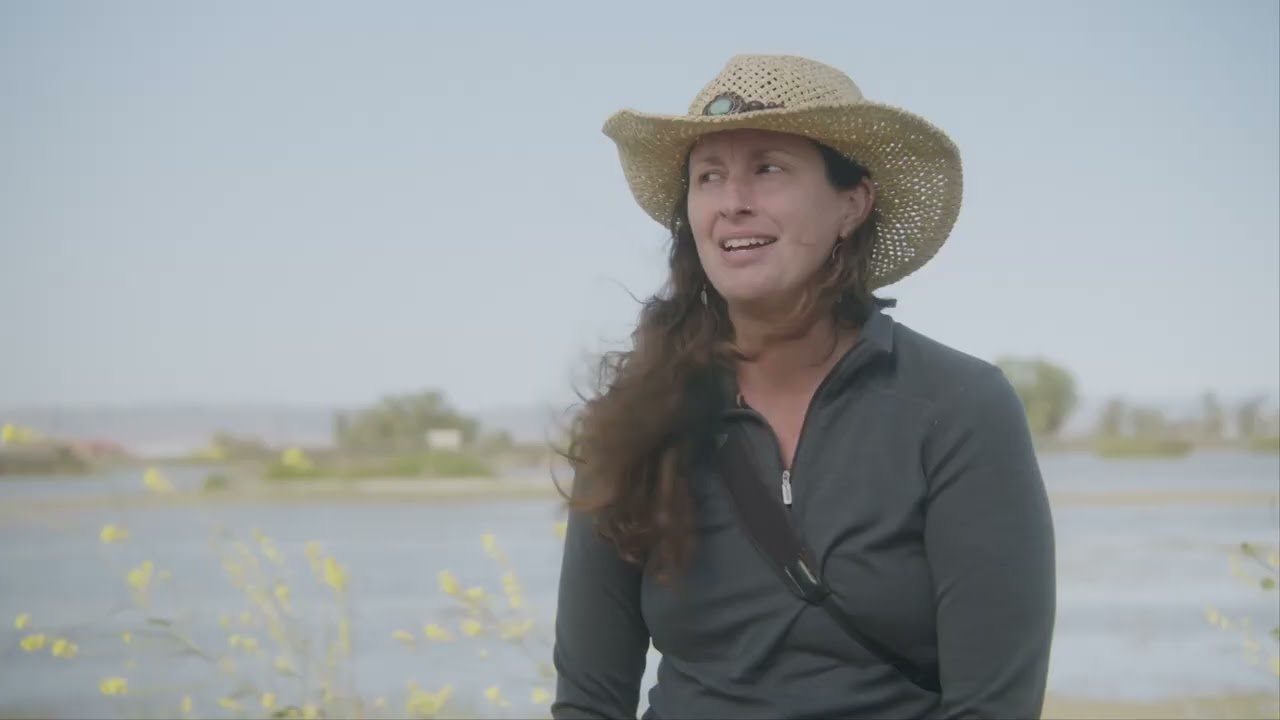11/28/2023
P&G and World Resources Institute on the Importance of Setting Downstream Water Targets
WRI explores how P&G’s first-of-its-kind goal to restore more water than is consumed during the use of P&G products in Los Angeles and Mexico City plays an essential role in potential broader industry adoption.
Water is one of the key pillars upon which P&G’s Ambition 2030 strategy is built, and we’re focused on the areas where we can make the biggest difference to help build a water positive future. That’s why we partnered with the World Resources Institute (WRI) to develop a new method, which led to setting a first-of-its-kind goal to restore more water than is consumed during the use of P&G products in the metropolitan areas of Los Angeles and Mexico City. Together with WRI, we also made this methodology available for other companies to use in their own target setting journeys.
If you’re having issues viewing this video, watch it here.
A new blog by WRI explores the essential role these kinds of water targets play in corporate sustainability efforts. Many companies have already recognized the importance of operational or “upstream” water targets, such as reducing water use and improving water quality throughout their supply chains. However, it’s also vital to address water challenges downstream, as more water is often required during consumer product use than during the manufacturing process. For example, 96% of water withdrawals along P&G’s value chain occur during consumer use.
Our downstream water goal aims to restore 110% of the estimated water consumed during the use of P&G products by 2030 in the metro areas of Mexico City and Los Angeles, two of the most water-stressed areas in the world. To achieve our target, we will support on-the-ground water restoration projects that improve, better manage or protect freshwater resources in those two basins.
In addition to setting downstream water restoration targets, WRI highlights other opportunities that companies have to address water use and consumption during product use, including driving product innovation and developing consumer education campaigns — both of which are also a part of our comprehensive strategy to help build a water positive future.
LEARN MORE ABOUT OUR WATER POSITIVE FUTURE STRATEGY
Keep scrolling to learn more about our partnership with WRI, and click here to read more about our progress.
5/19/2023
P&G and World Resources Institute Publish Method Used to Develop First-of-its Kind Water Goal
Almost a year ago, P&G announced a strategy to help build a water positive future that includes reducing water in our operations, restoring water in 18 water-stressed areas around the world for people and nature and responding to water challenges through innovation and partnerships.
We added two new 2030 goals to our comprehensive program:
- Making of our products: restore more water than is consumed1 at P&G manufacturing sites located in 18 water-stressed areas around the world.
- Use of our products: restore more water than is consumed2 when using P&G products in the high water-stressed metropolitan areas of Los Angeles and Mexico City — recognized as a first-of-its-kind commitment.
To set these goals and the methodology behind them, we worked closely with the World Resources Institute (WRI) Water Program to ensure they align with the best science and emerging target-setting practices.
We learned that much of the water used when making our products returns to the local basin, while the rest evaporates or is incorporated as a product ingredient. We knew we wanted to consider water use and consumption when people use our products, as it accounts for the majority of P&G’s overall water footprint. We developed a new method to estimate the annual water consumed2 when people use our products, and we found that the metropolitan areas of Los Angeles and Mexico City account for over half of the water consumed during the use of P&G products. The details of the novel method used to derive our goal can be found HERE.
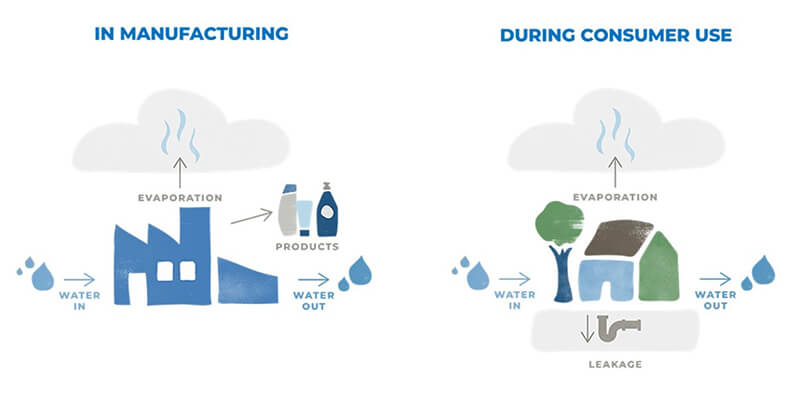
We will work to achieve these goals by partnering with experts to support water restoration projects that improve, better manage or protect freshwater resources.
If you’re having issues viewing this video, watch it here.
These projects will provide a range of solutions to protect ecosystems, replenish groundwater supplies, reduce the amount of water diverted from essential bodies of water and improve water quality for the community and the wildlife that depends on them.
If you’re having issues viewing this video, watch it here.
While there is no simple solution for the world’s water crisis, we are determined to address shared water challenges within 18 water-stressed areas around the world where we operate because we know it is where we can make the biggest difference. Our strategy will continue to evolve alongside our understanding of all the complex issues facing the world’s water resources. We will also continue to support a wide range of partners to amplify positive impact and accelerate simple solutions to help build a water positive future for all.
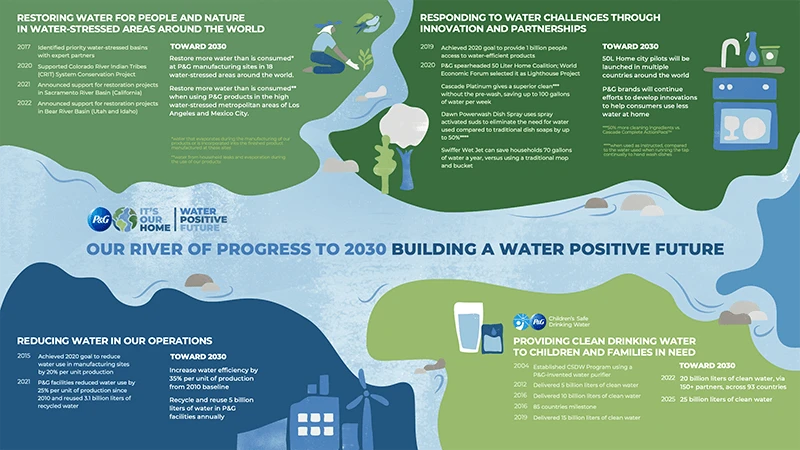
1 Water that evaporates during the manufacturing of our products or is incorporated into the finished product manufactured at these sites.
2 Water from household leaks and evaporation during the use of our products.
For more information and ongoing updates about our commitments and progress, please take a look the following stories:
